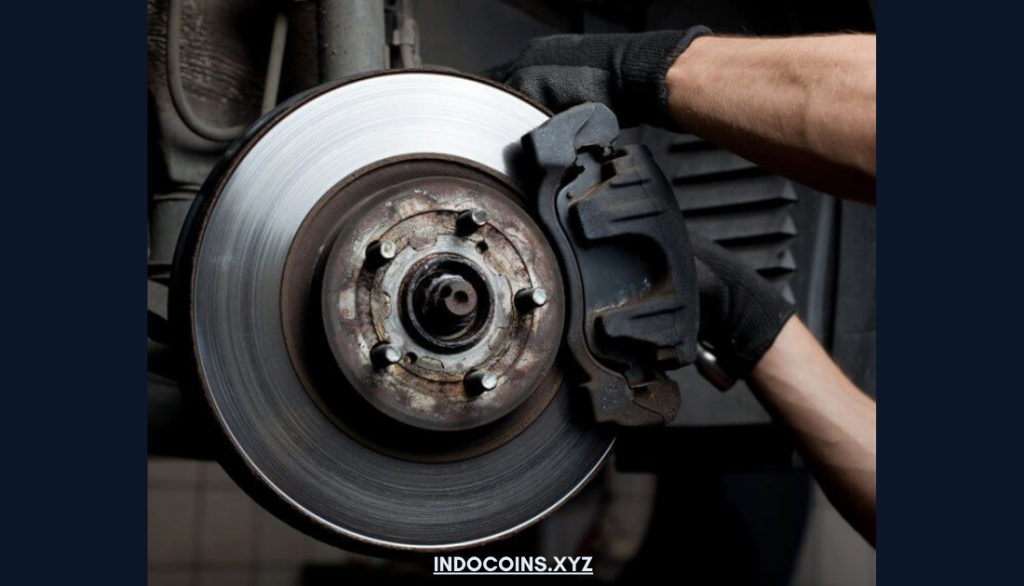Blog
Common Car Parts to Replace: A Comprehensive Guide
Maintaining a vehicle involves regular check-ups and sometimes replacements. Knowing the common car parts to replace can help you save money, extend the life of your vehicle, and improve its performance. In this article, we will delve into the key components that often require replacement, signs that indicate the need for a change, and tips on how to handle these replacements effectively.
Understanding Car Parts
Cars are intricate machines made up of various components that work together. Each part has its role, and over time, wear and tear can take a toll on them. While some components are designed to last for the lifetime of the vehicle, others are more susceptible to damage and require regular replacements.
1. Brake Pads
Brake pads are among the most critical parts of your vehicle. They are designed to create friction against the rotors, slowing down your car. Typically, brake pads need replacing every 30,000 to 70,000 miles, depending on your driving habits.
Signs of wear:
- Squeaking or grinding noises when braking
- A soft or spongy brake pedal
- Vibration in the brake pedal
When you notice any of these signs, it’s time to replace your brake pads. Ignoring these symptoms can lead to more severe issues, including damage to the rotors.
2. Tires
Tires are vital for the safety and performance of your vehicle. They should be replaced regularly, typically every 25,000 to 50,000 miles. However, their lifespan can be affected by driving conditions, tire quality, and maintenance.
Indicators that tires need replacing:
- Tread wear: If the tread is worn down to 1/16 of an inch, it’s time for new tires.
- Cracks or bulges: These can indicate structural failure.
- Vibration or pulling: This may signal misalignment or uneven wear.
Maintaining proper tire pressure and regular rotations can extend their lifespan significantly.
3. Batteries
Car batteries are crucial for starting your vehicle and powering electrical components. Most batteries last between 3 to 5 years. However, extreme weather conditions can impact their longevity.
Signs of battery issues:
- Slow engine crank: If the engine is slow to start, it may indicate a failing battery.
- Dashboard warning lights: These can alert you to battery problems.
- Swelling or leaking: A physical inspection may reveal cracks or bulges.
If your battery shows any of these signs, replacing it promptly can prevent being stranded.
4. Oil Filters
Oil filters are essential for maintaining the health of your engine. They remove contaminants from the oil circulating in your engine. Generally, oil filters should be replaced every time you change the oil, which is typically every 5,000 to 7,500 miles.
Importance of replacement:
- A clogged oil filter can restrict oil flow, leading to engine damage.
- Regular replacement ensures your engine remains clean and operates efficiently.
5. Air Filters
Your vehicle’s air filter prevents dirt and debris from entering the engine. It’s usually recommended to replace air filters every 15,000 to 30,000 miles, although this can vary based on driving conditions.
Signs of a dirty air filter:
- Decreased fuel efficiency: A dirty filter can hinder airflow, reducing engine performance.
- Unusual engine sounds: If your engine sounds louder than normal, it could be a sign of a blocked air filter.
Replacing your air filter regularly can enhance performance and fuel economy.

6. Wiper Blades
Wiper blades are often overlooked, yet they play a critical role in visibility and safety. They should be replaced every 6 to 12 months or when you notice streaking or skipping.
When to replace wipers:
- Streaks on the windshield during use
- Cracks or splits in the rubber
- Wipers that do not make full contact with the windshield
Investing in high-quality wiper blades can significantly improve visibility in adverse weather conditions.
7. Spark Plugs
Spark plugs are vital for engine performance, igniting the air-fuel mixture in the combustion chamber. Most spark plugs need replacement every 30,000 to 100,000 miles, depending on the type.
Symptoms of failing spark plugs:
- Engine misfires or rough idling
- Reduced fuel efficiency
- Difficulty starting the engine
Regular inspection and replacement of spark plugs can enhance fuel economy and engine performance.
Tips for Replacement
- Regular Maintenance: Schedule regular check-ups with a trusted mechanic to assess the condition of your vehicle’s parts. This proactive approach can help you identify issues before they escalate.
- Quality Parts: Always choose high-quality replacement parts. Cheaper options may save money initially but can lead to more frequent replacements.
- DIY vs. Professional Help: For some replacements, such as wiper blades and air filters, you can perform the task yourself. However, for more complex components like brake pads and batteries, consider seeking professional assistance.
- Stay Informed: Keep a log of your vehicle’s maintenance history. This will help you track when certain parts were replaced and anticipate when they may need to be replaced again.
- Budget for Repairs: Set aside a budget for maintenance and repairs. Being prepared financially can help ease the burden of unexpected replacements.
Conclusion
Understanding the common car parts to replace is crucial for maintaining your vehicle’s performance and longevity. Regular maintenance and timely replacements can prevent more extensive repairs and enhance your driving experience. By staying vigilant and proactive, you can ensure that your car remains in excellent condition for years to come. Remember, it’s always better to address potential issues early rather than waiting for them to become serious problems.

